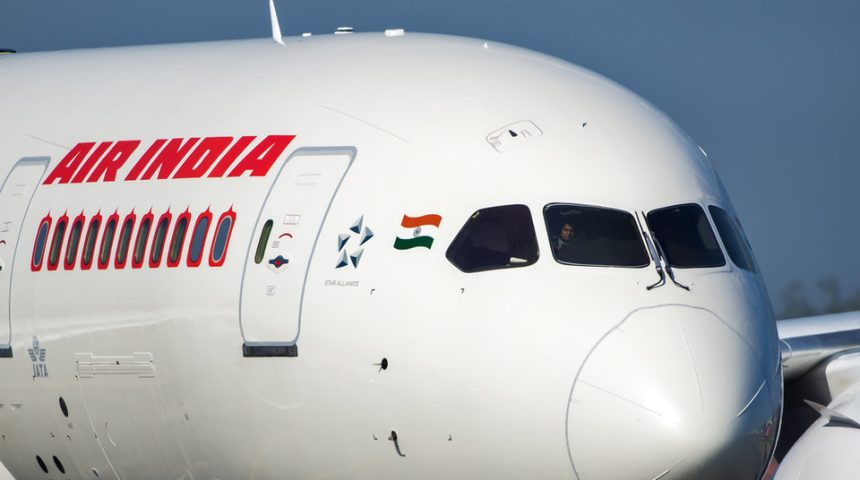51 Safety Breaches Found in DGCA Audit
India’s civil aviation regulator, the Directorate General of Civil Aviation (DGCA), uncovered 51 safety-related lapses in Air India’s operations during its July audit. These violations span areas such as pilot training deficiencies—including unapproved simulator use—ineffective crew rostering, and inadequate route risk assessments for challenging airports. Among them, seven were classified as “Level I” violations, highlighting significant safety concerns that Air India must resolve by July 30, with the remainder due by August 23.
Breakdown of Major Issues Identified
According to the confidential 11-page DGCA report:
- Some Boeing 787 and 777 pilots had missed mandatory recurrent monitoring training.
- The airline used unaccredited flight simulators and did not carry out proper risk assessments for Category C airports, which pose landing challenges due to terrain or layout.
- The rostering system failed to alert when insufficient cabin crew were assigned; at least four flights flew without full staff support.
Enforcement Actions and Broader Findings
Air India received 29 formal warning notices prior to the audit, citing systemic issues:
- Excessive flight-duty hours; one Milan–New Delhi 787 flight exceeded limits by 2 hours 18 minutes.
- Failure to deploy enough cabin crew and delayed equipment checks—such as emergency slides.
- Lack of mandated oversight, as no chief pilots were appointed to oversee operations on Airbus A320 and A350 fleets, reducing accountability for crew safety and standards.
Context: Aftermath of Deadly Boeing 787 Crash
This heightened scrutiny follows the June 12 crash of Flight AI 171, which killed 241 passengers and 19 people on the ground after the plane lost engine thrust immediately after takeoff, attributed to fuel-cutoff switches being inadvertently or negligently activated. While the audit was not directly linked to the crash, it amplifies concerns about systemic faults in safety procedures and regulatory compliance.
Larger Issue: Widespread Lapses Across Indian Airlines
India’s DGCA audit also identified 263 total lapses across eight airlines in the year. Air India logged the highest – 51 violations – followed by its low‑cost unit Air India Express (25) and IndiGo (23).
Air India’s Response and Next Steps
Air India—owned by the Tata Group since 2022—said it was “fully transparent” during the audit and will submit corrective action plans by statutory deadlines. The airline pledged to work with authorities to resolve the Level I and II violations promptly.
Future Outlook and Risks
- DGCA may impose financial penalties, asset grounding, or executive restrictions if violations are not rectified.
- Regulatory exigencies such as rest compliance, high-altitude training, and simulator accreditation will be closely monitored during follow-up inspections.
- Analysts warn that the revelations could hinder Air India’s aspiration to become a world-class global carrier unless institutional reforms and improved governance follow.
Final Take
As India confronts one of its worst aviation disasters in recent history, the DGCA’s audit brings into focus broader operational failings at Air India. The airline now faces a pivotal moment: addressing entrenched safety gaps is essential to rebuilding trust and ensuring the well-being of passengers and employees alike.











